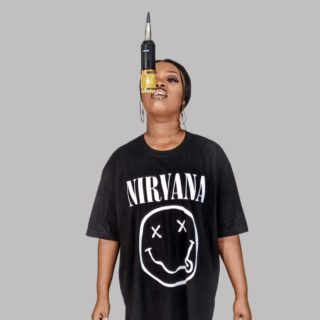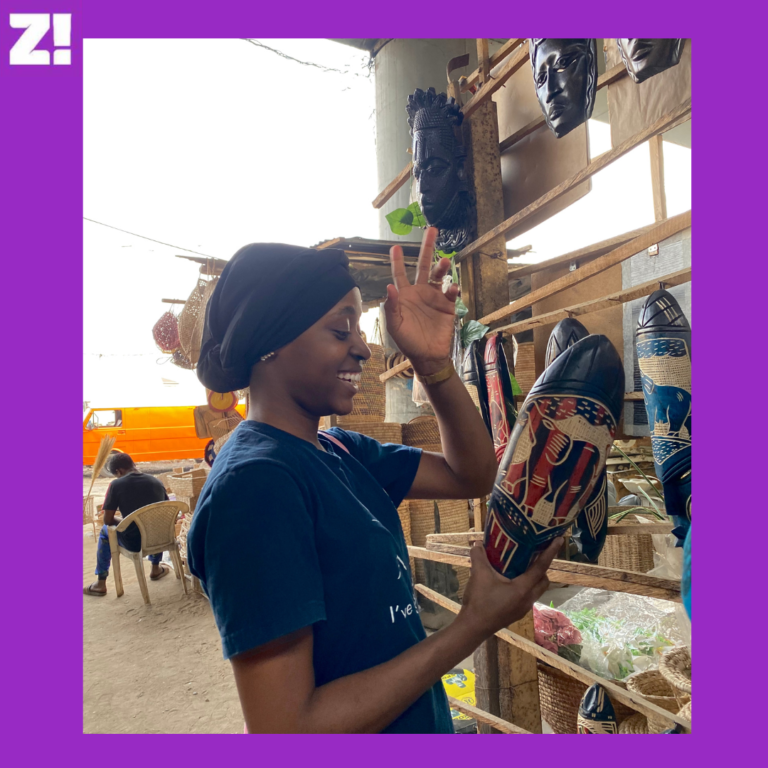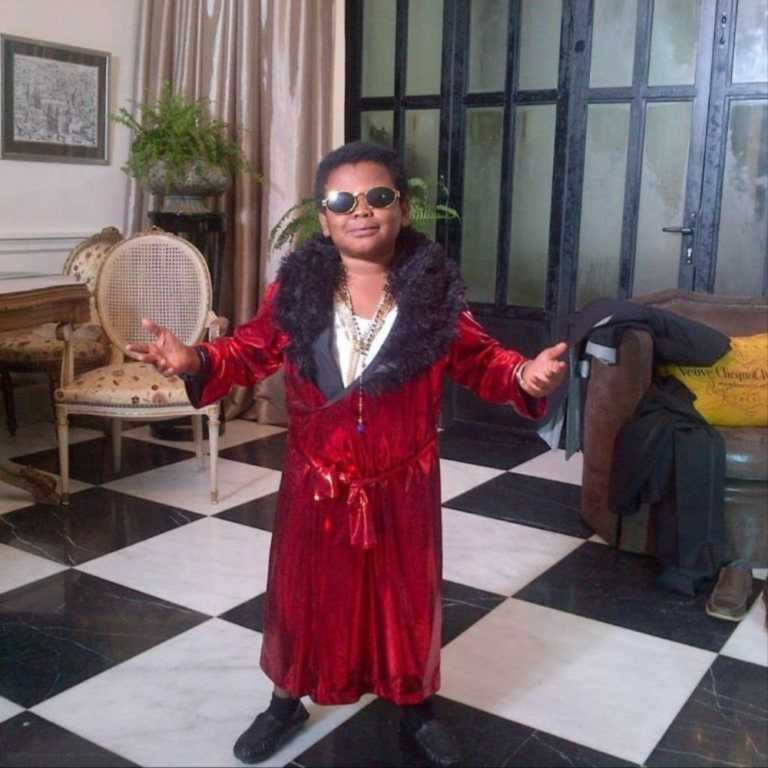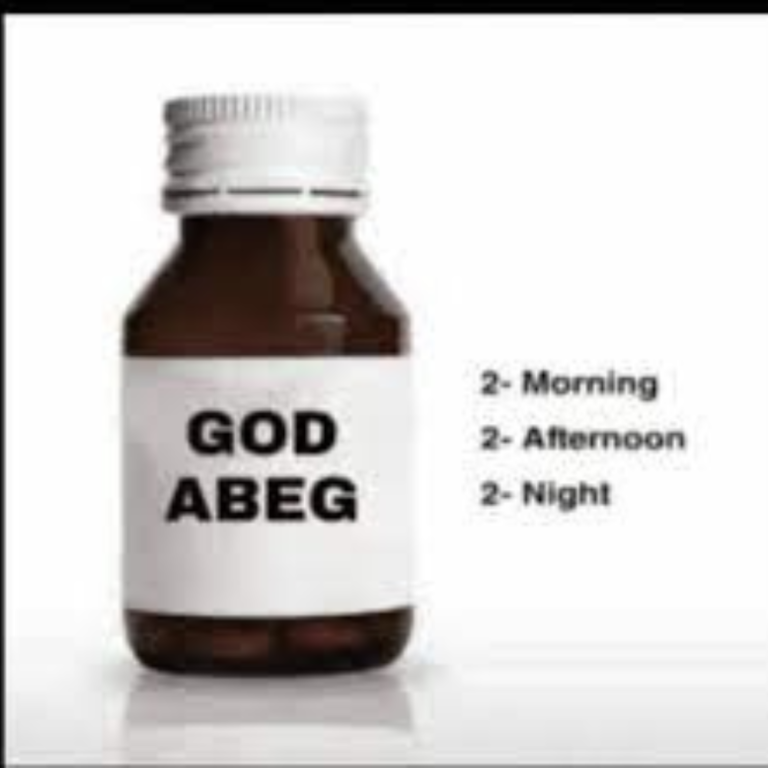Until I started writing this article, I didn’t realise just how much Korean K-drama has taught me. This is your cue to watch your next K-drama without subtitles. Your brain secretly understands what they’re saying, we promise. This mini-dictionary is for non-fans.
Saguek
A Korean historical drama, usually set in the Joseon era.
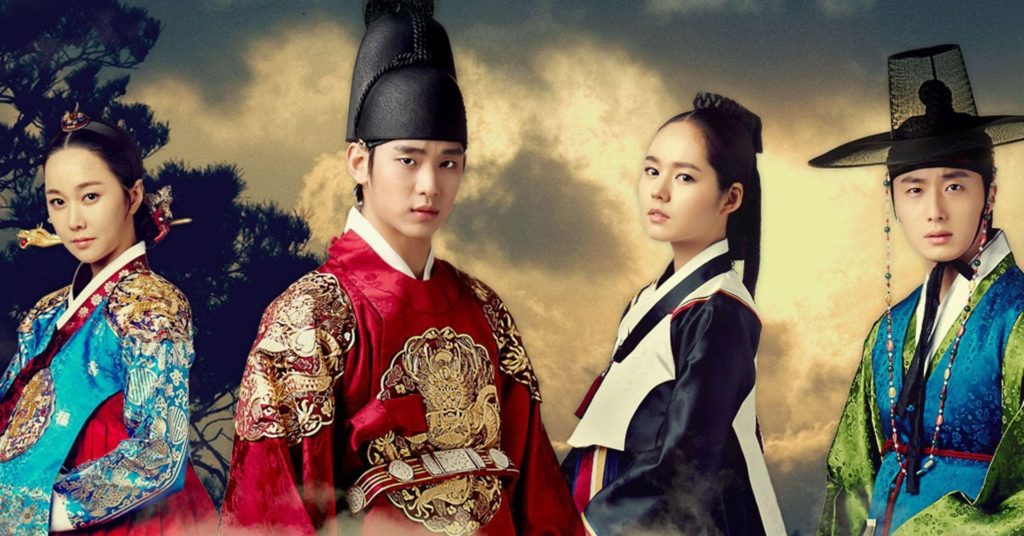
Oppa
Younger women use this word as a cute way to refer to their older brothers or boyfriends.
Chaebol
Dirty, “will buy your family’s silence”, stinky rich businessmen who are also always the bad guys or the ones paying the bad guys.

Second lead syndrome
When the second male lead has more chemistry with the female lead than the main male lead, so you start rooting for him instead. It always ends in tears.
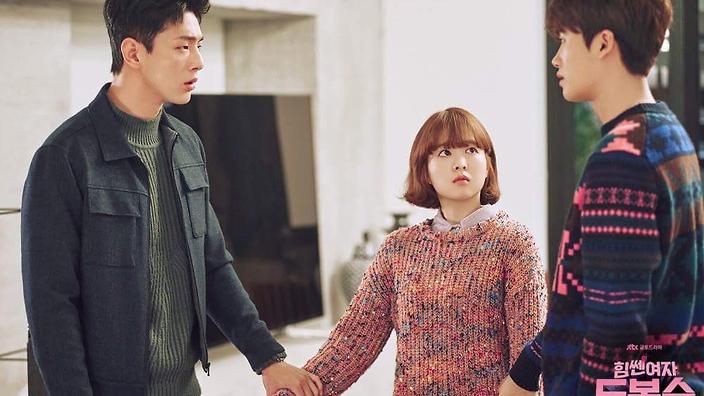
Makjang
You know those dramas with unnecessarily exaggerated or weird plot twists? This is how we describe them. *Coughs The Penthouse: War In Life series.
Hallyu
Nollywood is Nigeria what Hallyu is to Koreans. Or better still, popular Korean culture.
Kimchi slap
Back in the good old K-drama days, you couldn’t watch a K-drama without someone getting slapped with a kimchi covered hand.
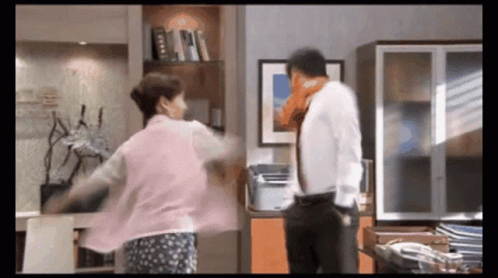
Noona
Term of endearment for older sisters. Or a younger man can use it to refer to his older girlfriend.
Ahjumma
It means “older woman”, but is mostly used to describe those nosey-ass older female characters in K-drama.
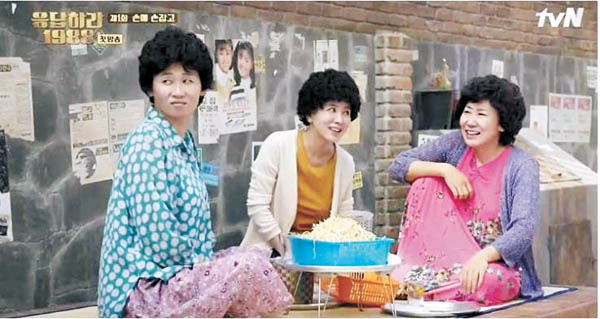
OST
Everyone knows OST means the “original soundtrack” of a drama. But it’s particularly popular in K-drama because it usually features popular K-pop artists.
Saranghae
This means “I love you” in Korean. It’s usually followed by a finger heart or those big full-body ones.
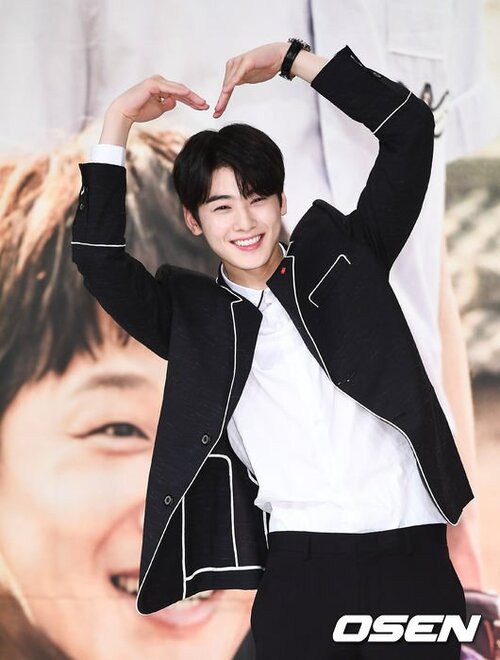
Soju
The principality and powers in alcohol form Koreans drink like water in K-drama.
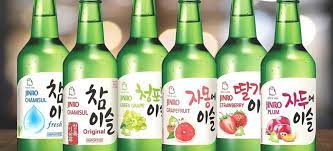
PPL
Product placement in a drama. If you’re a K-drama fan who uses a Samsung, I’m not saying it’s years of conditioning, but hmm. PPL is basically that shameless but craftily hidden brand promo in a K-drama.
Jjimjilbang
This is a Korean bathhouse. Characters go there to relax, wearing matching sets provided by the establishment. Fights or love at first sight usually start here.
Ajusshi
This is how Koreans refer to older men. These characters are usually ill-tempered or very nice and wise. No inbetween.
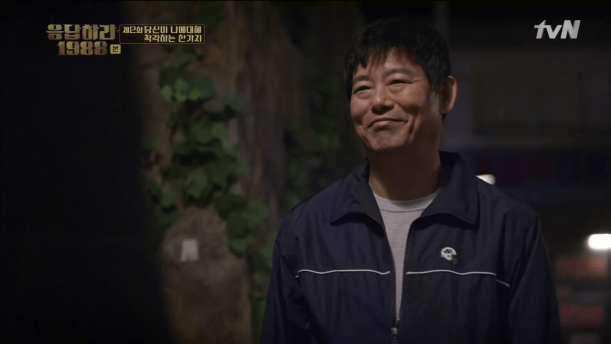
Yeobo
This is the Korean version of “Honey”, the popular married couple endearment.
Hanbok
This is the traditional Korean clothing often seen in historical K-dramas.

Geunyang
This means “Just because”. Sometimes, things happen just because, and you don’t want to have to explain it, so you say, “Geunyang”. Mostly used by K-drama mums when their pissed with their kids.
Aigoo
Characters use this to express regret, disappointment or annoyance. It translates to “Oh my goodness”.

Pabo
You know how we call foolish people “Ode”? Well this is the Korean equivalent.
Daebak
This is basically the Korean version of “Ehen”. Depending on your tone, it can be an exclamation of excitement, amazement or disbelief.
PaliPali
This just means “hurry up”. Especially when the character in question is being rushed so all their books can fall out of their bag just so they can meet the love of their life.
Melo
Short for “melodrama”. When K-drama fans watch a really emotional drama, they refer to it as a melo.
Umbrella scene
It’s not a romantic K-drama without the scene where the male lead protects the female lead from the rain by giving her his umbrella. Bonus point if it’s yellow.
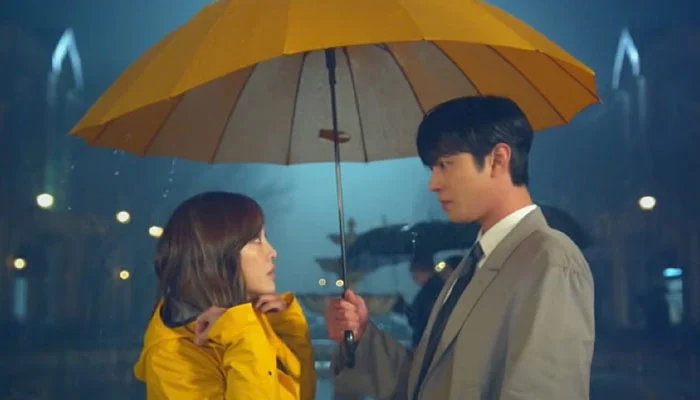
Healing drama
A drama that brings you so much comfort you just know you’ll end up rewatching it for years to come. A lot of 2022 dramas had that energy.
“Fighting!”
Usually pronounced “Hwiting!” This is how characters encourage each other. It can mean “I believe in you” or “You can do this”. It’s always so emotional to hear them say this.


